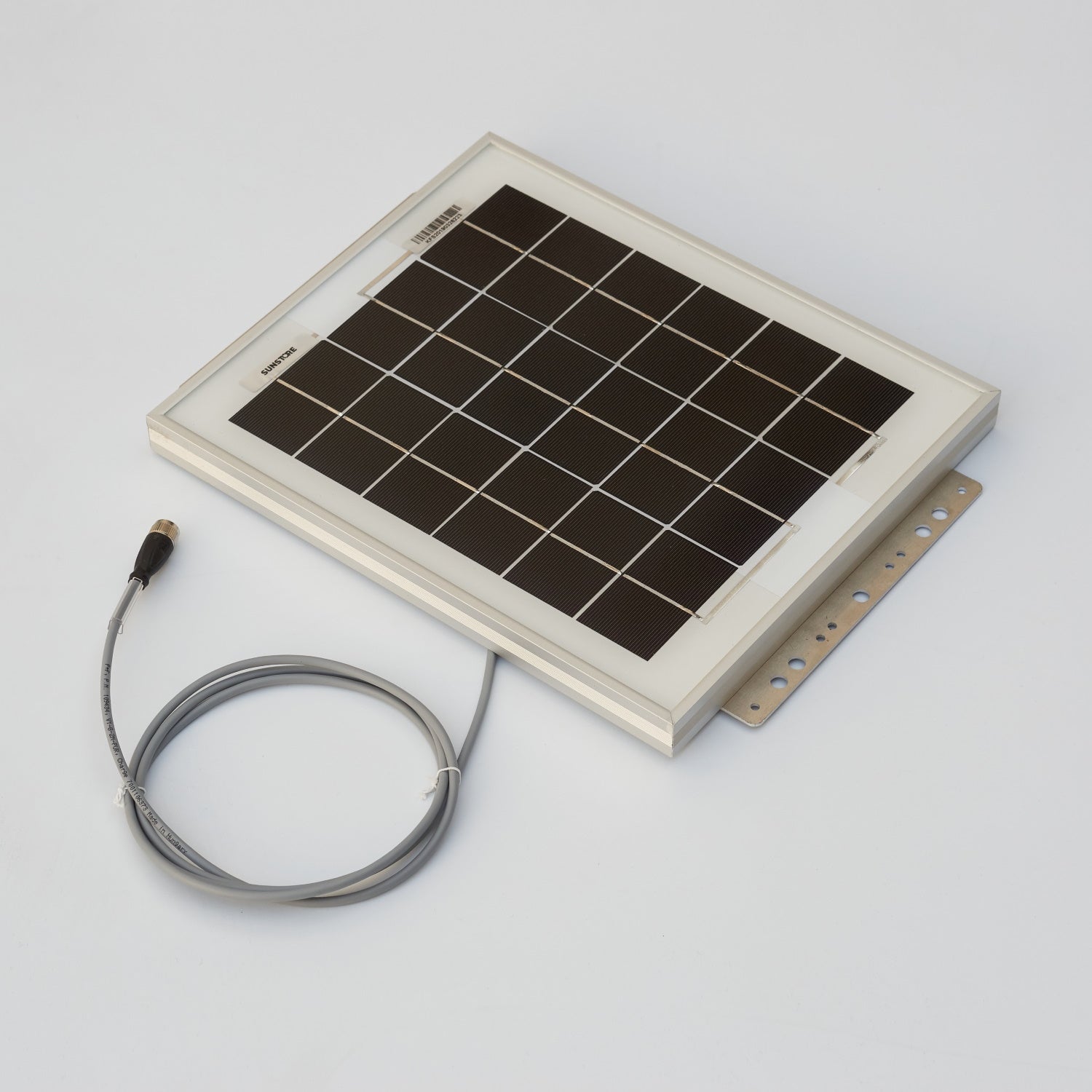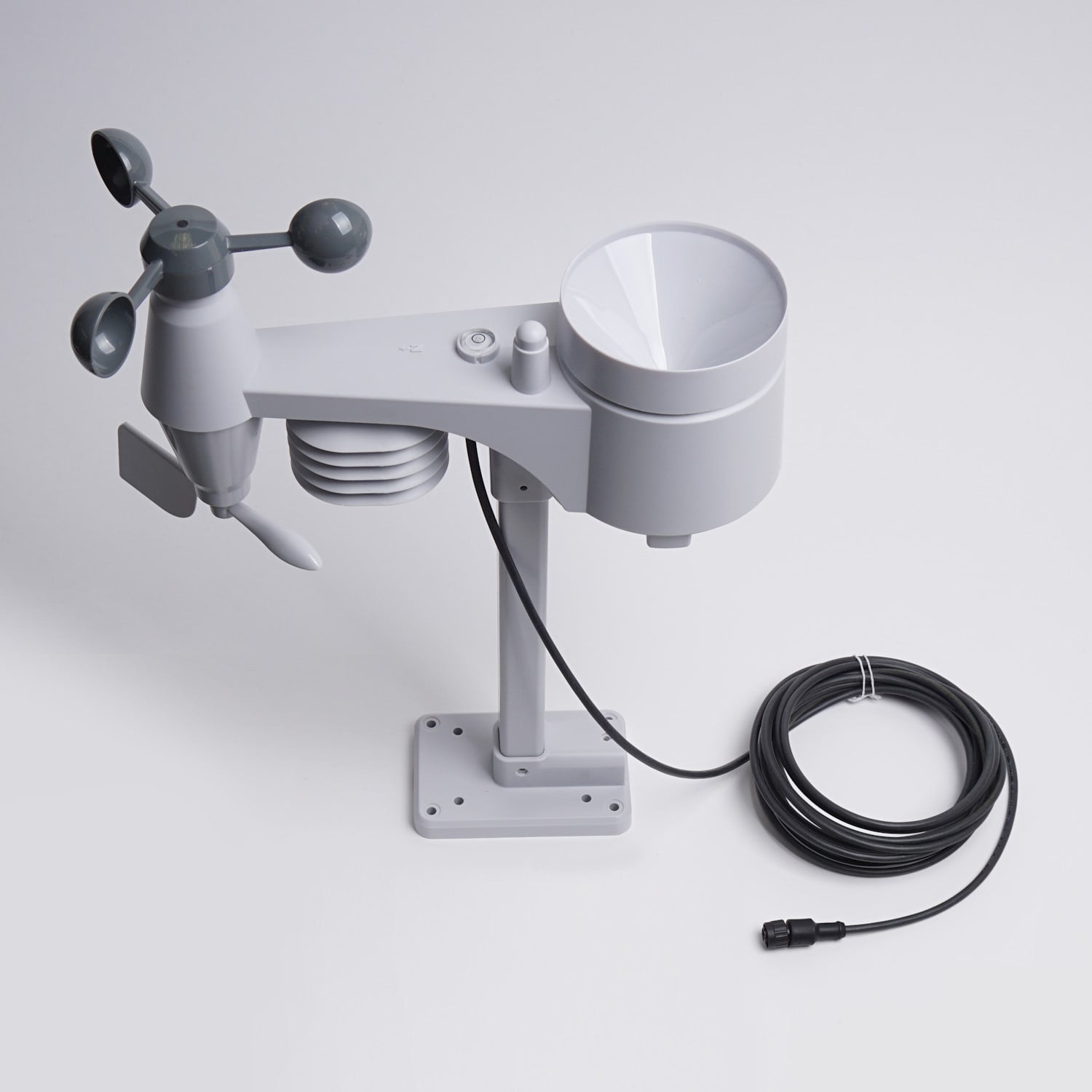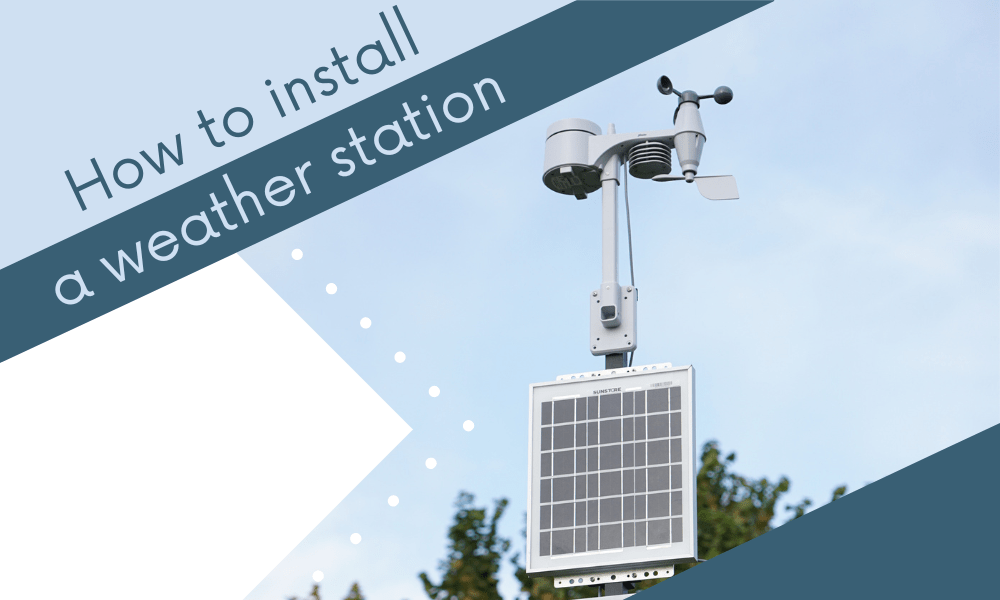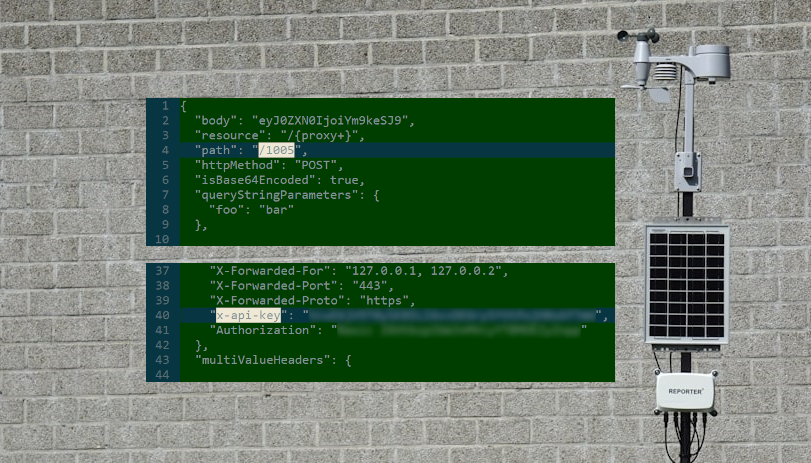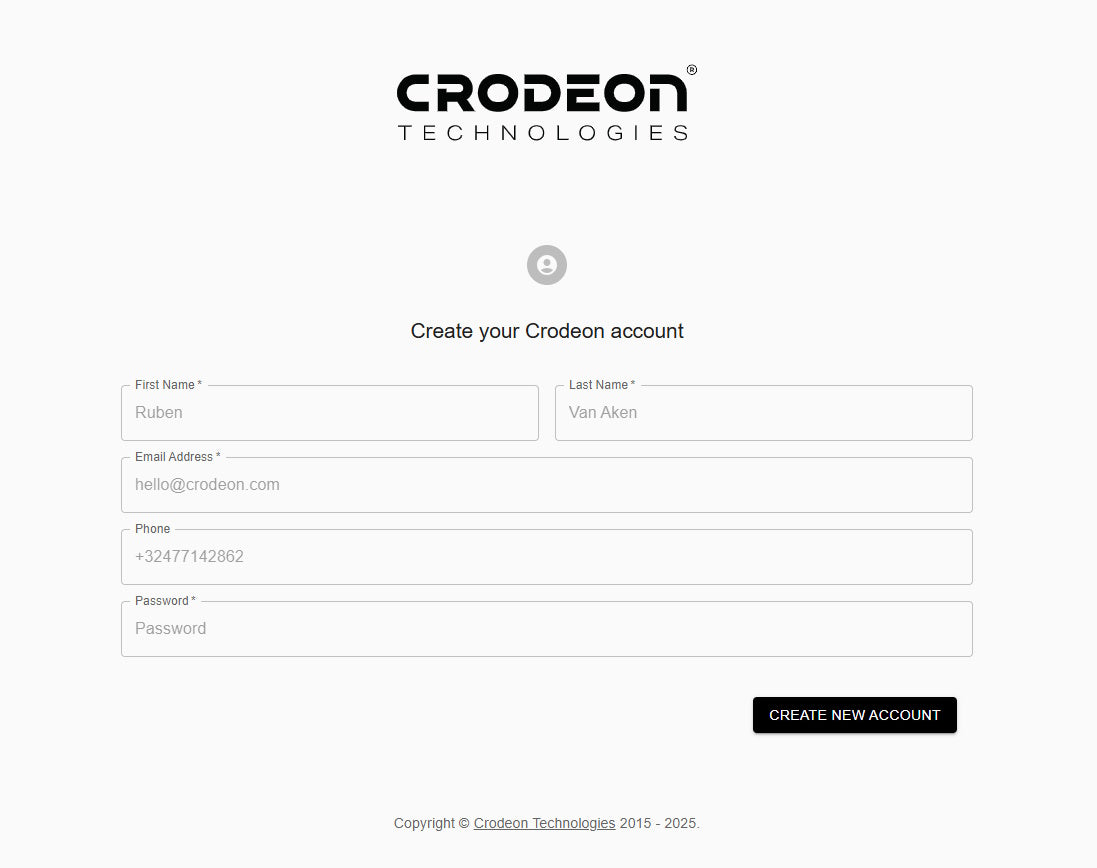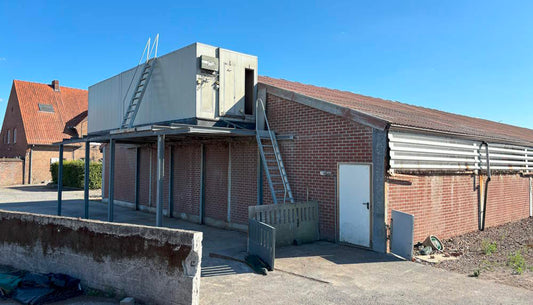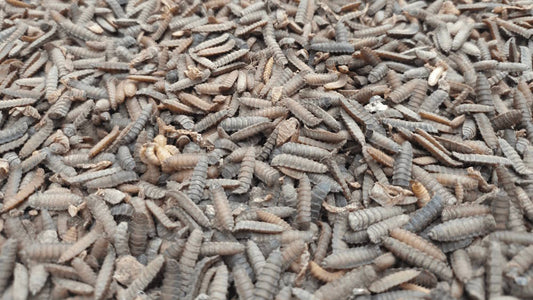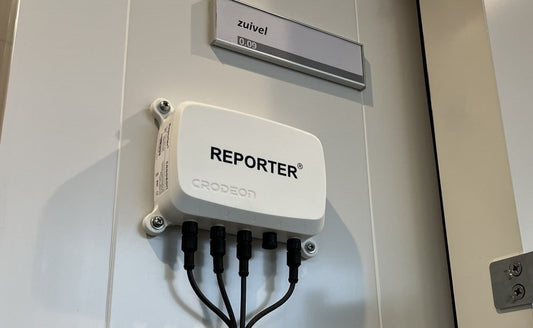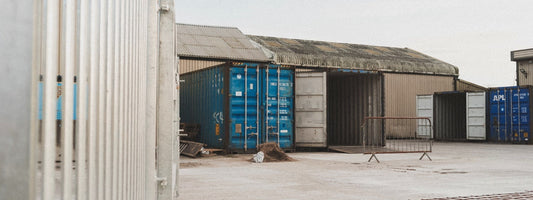Entretien de la station météo
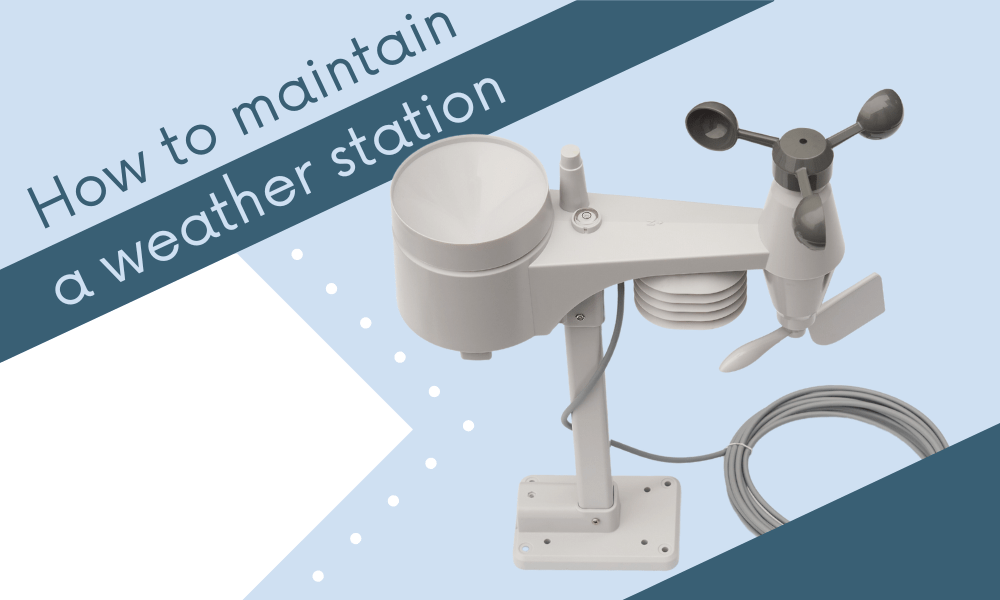
Votre station météo peut durer de nombreuses années, encore plus si vous mettez un peu plus d'effort dans son entretien. Dans ce guide, nous vous aiderons à travers votre session de nettoyage annuelle.
Pourquoi l'entretien d'une station météo est-il nécessaire ?
Une station météo doit être vérifiée chaque année pour s'assurer que tous les capteurs sont propres et fonctionnels. Une obstruction pourrait affecter vos mesures et, dans le pire des cas, endommager votre installation. Les pièces fissurées ou autrement endommagées doivent être remplacées.
Un autre point important à vérifier est de s'assurer que votre installation est toujours correctement positionnée et que les éléments fixés ne se sont pas desserrés.
De plus, plusieurs types d'insectes et de petits animaux aiment nicher à l'intérieur de votre station météo, et lorsque cela provoque une obstruction dans un capteur, cela devient problématique.
- Les oiseaux peuvent construire un nid dans le capteur de pluie
- Les araignées peuvent se loger dans le capteur de température et d'humidité
D'autres parties de votre station météo peuvent devenir moins fonctionnelles lorsqu'elles sont sales ou encombrées. Par exemple, votre panneau solaire peut générer moins d'électricité s'il est couvert d'une couche d'algues, de saleté ou de sable.
Avant de commencer à nettoyer
- Déconnectez la station météo de Reporter
- Commencez par inspecter et nettoyer

Température et humidité
Dans la station météo Crodeon, la température et l'humidité* sont mesurées par la puce Sensirion. Ces puces sont pré-calibrées et ne nécessitent aucune autre calibration tout au long de leur durée de vie. Cependant, l'extérieur (écran) du capteur pourrait être endommagé ou sale. La saleté doit être nettoyée de l'écran du capteur avec un chiffon humide lors de l'entretien de la station météo. Si l'écran est endommagé, le capteur doit être remplacé.
Des insectes, comme de petites araignées, aiment s'installer dans l'écran du capteur, mais malheureusement, leurs nids rendent nos mesures moins précises. Enlevez les insectes et nettoyez les toiles et autres résidus avec un chiffon humide pour garantir que le flux d'air n'est pas obstrué. Vous pouvez également utiliser une brosse à dents douce.
- Enlevez les invités indésirables logés dans l'écran de votre capteur d'humidité
- Vérifiez si l'écran est toujours intact
En hiver, la glace et la neige doivent être soigneusement retirées de l'écran.
*Le capteur mesure : température (sèche), température humide, point de rosée et humidité relative.

Vitesse du vent (anémomètre)
Le capteur de vitesse du vent se compose de trois coupelles rotatives. Pour que le capteur mesure précisément la vitesse du vent, il doit pouvoir tourner librement. Si la rotation s'arrête trop rapidement, le capteur est endommagé et doit être remplacé.
Pour éviter d'endommager votre capteur de vitesse du vent, vous devez le vérifier et le nettoyer chaque année.
- Vérifiez si l'anémomètre tourne encore sans résistance
- Enlevez tout débris ou obstruction (sable, toiles d'araignée) qui pourrait gêner le mouvement de l'anémomètre
- Vérifiez si les trois coupelles sont toujours en bon état
Si une coupelle est fissurée ou usée, elle peut déséquilibrer la rotation. Cela affecte la lecture du vent et entraîne des mesures incorrectes. Un capteur endommagé doit être remplacé.
En hiver, des glaçons peuvent se former sur la station météo et les pièces rotatives peuvent rester bloquées. La glace doit être soigneusement retirée jusqu'à ce que les capteurs météo puissent à nouveau bouger librement. Faites attention, car le plastique des capteurs devient plus fragile lorsqu'il est gelé.

Direction du vent (girouette)
Lors de l'entretien de la station météo, il est important de vérifier si la girouette peut bouger librement afin de mesurer correctement la direction du vent. Si la rotation s'arrête trop rapidement, le capteur est endommagé et doit être remplacé. La girouette aura une résistance légèrement plus grande que l'anémomètre. En même temps, la flèche Nord (voir image ci-dessous) doit pointer vers le Nord. Si le capteur météo ne pointe pas vers le Nord, toute lecture de direction du vent sera incorrecte.
- Vérifiez si la girouette tourne encore sans résistance
- Retirez les débris et obstructions de la girouette
- Calibrez le capteur en utilisant la flèche Nord
La girouette peut être nettoyée avec de l'eau savonneuse chaude et un chiffon.
En hiver, des glaçons peuvent se former sur la station météo et les pièces rotatives peuvent rester bloquées. La glace doit être soigneusement retirée jusqu'à ce que les capteurs météo puissent à nouveau bouger librement. Faites attention, car le plastique des capteurs devient plus fragile lorsqu'il est gelé.


Capteur de pluie (seau basculant)
Les capteurs de pluie sont une partie essentielle de toute station météo. Le capteur détecte et mesure la pluie grâce à son mécanisme de « seau basculant ». Cependant, le capteur (et l'entonnoir au-dessus) peut se boucher avec de la saleté et devra être nettoyé si tel est le cas.
Le capteur de pluie est un endroit très apprécié des insectes ou des oiseaux pour nicher. Il est vital de le vérifier lors de votre entretien annuel de la station météo. Si vous négligez de vérifier et de nettoyer cette partie, vos mesures ne seront pas précises.
- Vérifiez qu'il n'y a pas de saleté, mousse, feuilles, nid de guêpes ou nid d'oiseaux dans le seau basculant.
Le nettoyage du capteur de pluie peut être effectué avec de l'eau savonneuse chaude, et le capteur doit être soigneusement rincé par la suite. Pour ouvrir le capteur, tournez-le dans le sens antihoraire. Si votre capteur est fortement obstrué, il serait sage de le nettoyer plus d'une fois par an. Surtout dans les vergers ou autres endroits où abondent les feuilles, un capteur peut devoir être nettoyé une fois de plus à l'automne.

L'intérieur du capteur de pluie doit ressembler à l'image ci-dessus. La petite « cuillère » est le mécanisme à auget basculant. Assurez-vous que ce mécanisme peut se déplacer librement et sans résistance.

Mât & niveau
Une partie intégrante de l'installation de votre station météo est la manière dont elle est fixée. Que votre station météo soit attachée à un mât ou au bord d'un toit, vous devez vérifier qu'elle est toujours stable et bien droite.
- La station météo est-elle toujours de niveau ?
- Le capteur météo ne bouge-t-il pas sur le mât ?
- Le capteur météo peut-il trembler ou est-il solidement fixé ?
Si le capteur météo n'est pas solidement fixé, il peut trembler lors des tempêtes. Cette perturbation peut rendre vos mesures peu fiables. Le capteur de pluie à auget basculant peut détecter de la « pluie » lorsqu'il est secoué et basculé violemment, même s'il n'y a pas de pluie réelle.

Panneau solaire
Sans énergie, votre station météo est inutile, il est donc essentiel de vérifier que le panneau solaire fonctionne correctement dans le cadre de l'entretien de votre station météo. Pour que le panneau solaire fonctionne, il doit être propre, non endommagé et orienté vers la direction la plus exposée à la lumière du jour.
- Vérifiez si la surface du panneau solaire est propre
- Vérifiez si la surface du panneau est intacte
- Vérifiez si le panneau solaire est toujours orienté vers la direction la plus lumineuse
Tout dépôt, algue, mousse, sable ou autre saleté doit être nettoyé sur le panneau solaire. Pour ce faire, vous pouvez utiliser un chiffon humide avec de l'eau savonneuse ou même une lingette alcoolisée.
La grêle, les tempêtes, le gel et la pluie peuvent endommager la surface du panneau solaire. Même les oiseaux laissent parfois tomber un caillou qui peut fissurer votre panneau. Un panneau solaire endommagé ne génère pas suffisamment d'énergie et doit être remplacé.

Reporter
Une fois que vous avez vérifié votre capteur météo et votre panneau solaire, il est également important de vérifier votre module de capteurs.
- Assurez-vous que le boîtier du Reporter est intact ; un boîtier cassé ou fissuré n'est plus étanche à l'eau et aux intempéries
- Vérifiez que les vis, boulons ou points de fixation du Reporter ne se sont pas desserrés
Le Reporter est fourni avec cinq capuchons de protection pour protéger les connecteurs et les maintenir à l'abri de l'eau, des débris, de la poussière ou d'autres types de saleté. Bien sûr, vous devrez retirer les capuchons de protection lors de la connexion d'un capteur ou d'un câble d'alimentation, mais lorsqu'un connecteur n'est pas utilisé, un capuchon doit être en place.
Les capuchons de protection sont dotés d'un revêtement en silicone qui garantit que ni l'eau ni la saleté ne pénètrent à l'intérieur de votre Reporter.
- Assurez-vous que les capuchons de protection des connecteurs inutilisés sont bien serrés
- Vérifiez que les capuchons de protection ne sont pas endommagés (les capuchons cassés ou fissurés doivent être remplacés)
Si votre boîtier ou vos capuchons de protection sont endommagés, veuillez rentrer le Reporter à l'intérieur et contactez-nous dès que possible.
Après l'entretien de votre station météo
Une fois que vous avez nettoyé votre capteur météo, il est temps de le reconnecter au Reporter.
- Vérifiez que votre câble est bien branché et solidement fixé au connecteur
- Vérifiez si de nouvelles données météo sont transmises au Dashboard
- Vérifiez à nouveau la flèche Nord et le niveau à bulle de la station météo

Vous avez terminé le nettoyage de votre station météo. N'hésitez pas à nous contacter via le formulaire sur cette page si vous avez encore une question concernant l'entretien de votre installation.
Vous pourriez également être intéressé par :
FAQ
Comment entretenir les instruments météorologiques ?
Vérifiez que les parties rotatives d'une station météo peuvent bouger librement. Les toiles d'araignée, les débris, les feuilles ou autres saletés doivent être retirés. La plupart des composants de votre station météo peuvent être nettoyés avec un chiffon humide et de l'eau savonneuse tiède. Vous devrez effectuer un entretien au moins une fois par an pour vous assurer que toutes les pièces de votre station fonctionnent correctement.
Quelle est la maintenance d'une girouette ?
Une girouette nécessite un entretien spécifique. Tout d'abord, la girouette elle-même doit être vérifiée. Assurez-vous qu'elle tourne librement et qu'aucune saleté ou débris n'entrave le mouvement. Ensuite, la flèche Nord sur le capteur qui calibre la direction du vent doit être vérifiée. Si la flèche ne pointe pas vers le Nord, toute mesure sera incorrecte.
Comment entretenir un pluviomètre ?
Un pluviomètre, capteur de pluie ou mécanisme à auget basculant doit être vérifié et nettoyé régulièrement. Les oiseaux, les araignées et d'autres petits animaux aiment nicher à l'intérieur du capteur. La saleté, les feuilles, la mousse et autres débris peuvent tomber dans l'entonnoir et s'accumuler à l'intérieur du capteur, gênant le mouvement de l'auget basculant. Pour bien nettoyer votre capteur de pluie, vous devez l'ouvrir. Tournez dans le sens inverse des aiguilles d'une montre, retirez les débris, lavez l'intérieur avec de l'eau savonneuse tiède, puis rincez jusqu'à ce qu'il soit propre.
Entretien de l'anémomètre
Un anémomètre mesure la vitesse du vent, mais lorsqu'un capteur ne peut pas tourner aussi librement qu'il le devrait, ces mesures sont faussées. L'entretien d'un anémomètre nécessite : une vérification visuelle pour voir s'il y a des saletés gênant le mouvement et, si c'est le cas, retirez-les. Une vérification physique pour voir si les coupelles rotatives se déplacent en douceur ; si ce n'est pas le cas, le capteur doit être remplacé.

